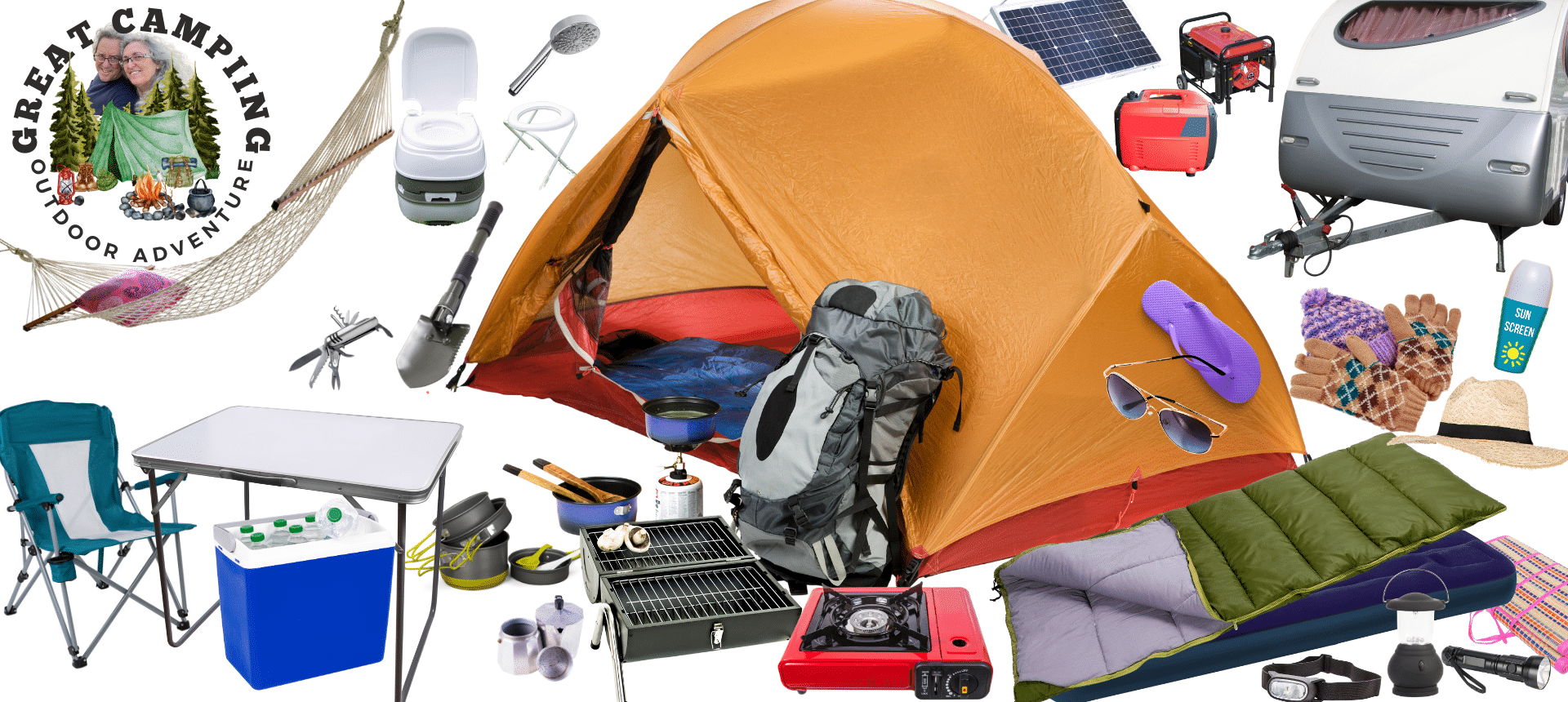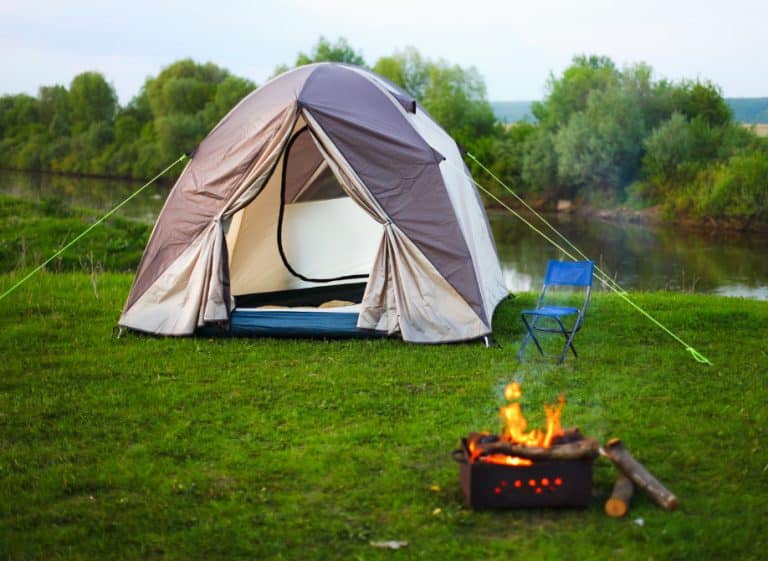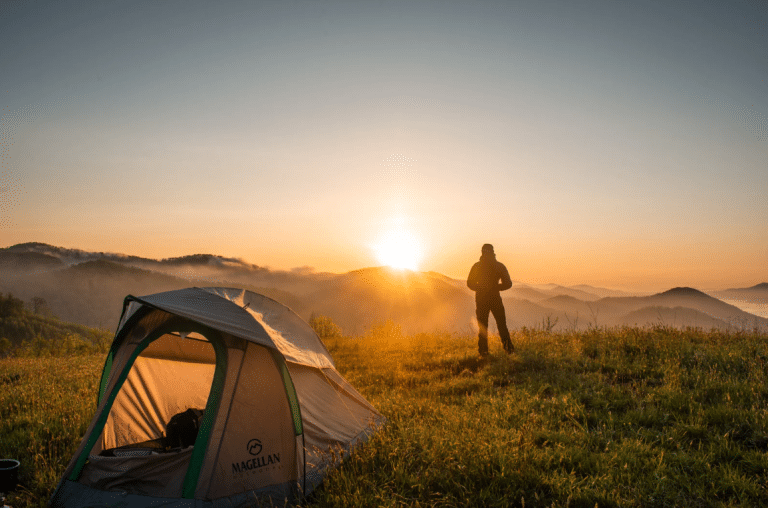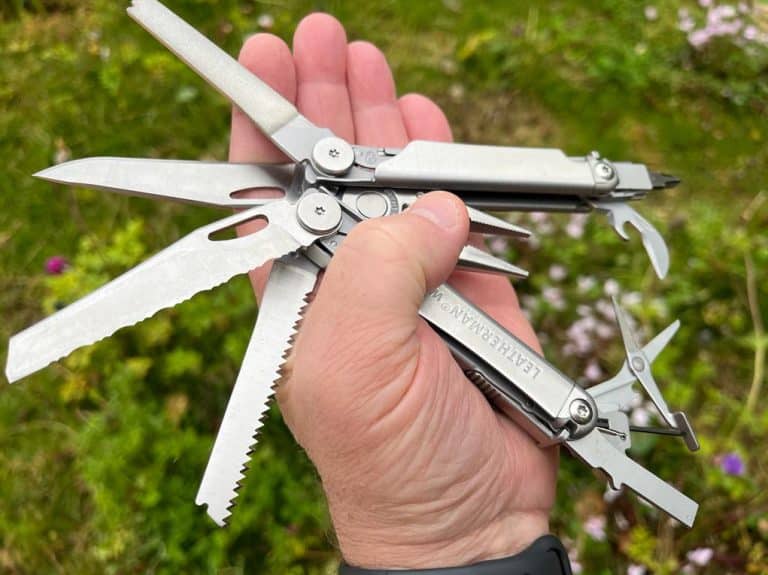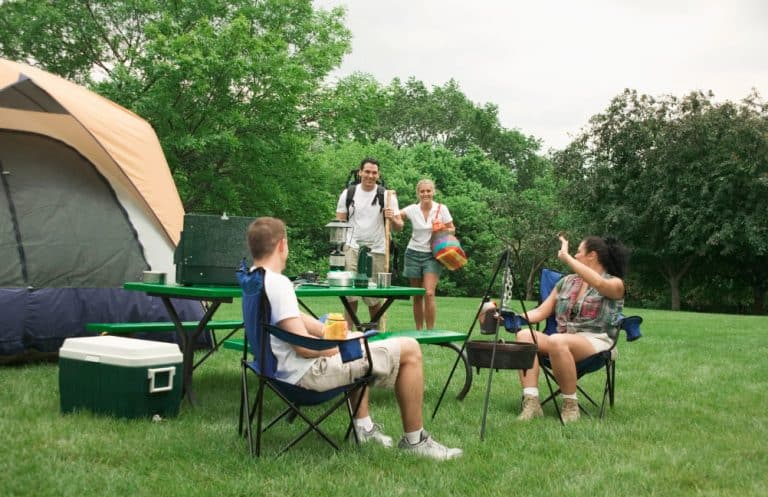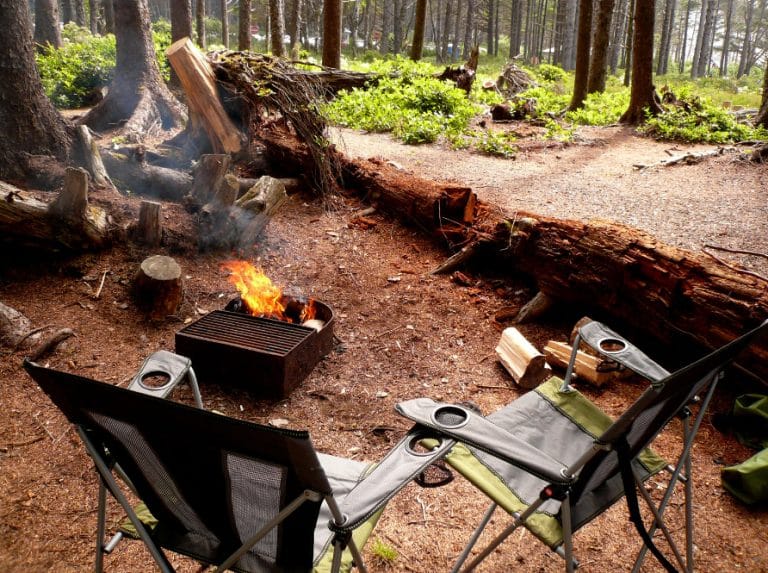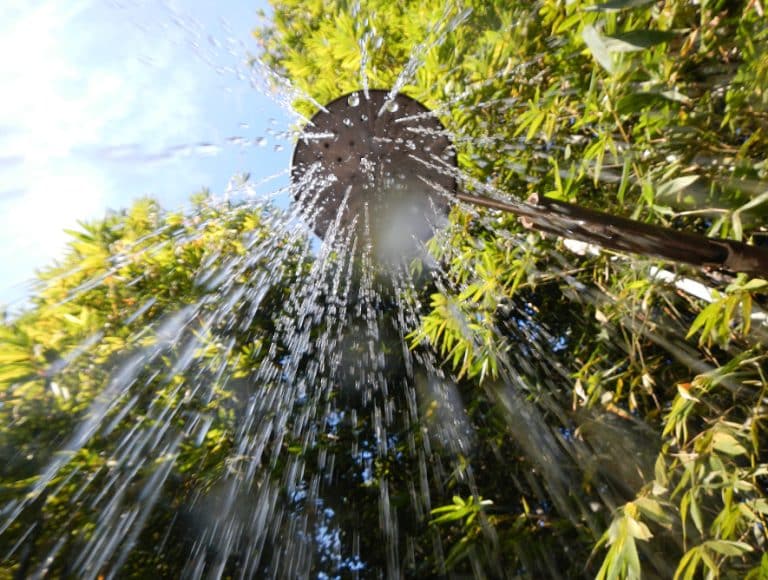Embarking on a camping adventure can be an exhilarating and memorable experience, and having the right tent is crucial to ensuring your comfort and safety in the great outdoors. With countless options available on the market, choosing the perfect camping tent can be an overwhelming task. So, how do you know which tent is right for you?
In this article, we will delve into the important factors you need to consider before purchasing a tent for camping. From size and weight to weather resistance, ventilation, and ease of setup, we’ll guide you through the key aspects that will help you make an informed decision and find the ideal tent for your outdoor adventures.
Let’s explore these essential points together and set the stage for a successful and enjoyable camping experience.
Tent Layouts
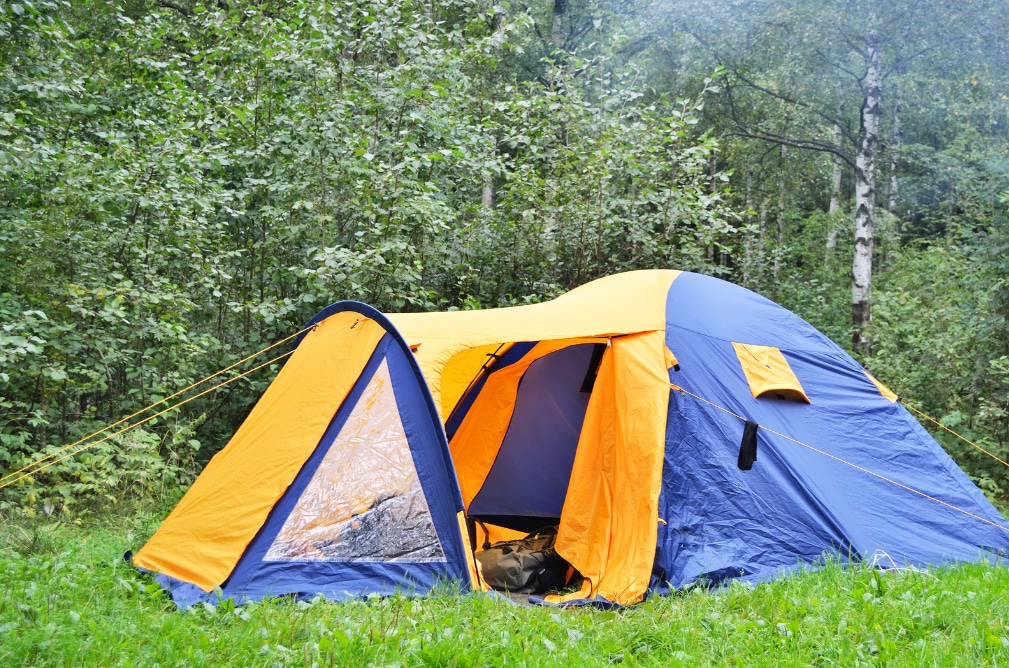
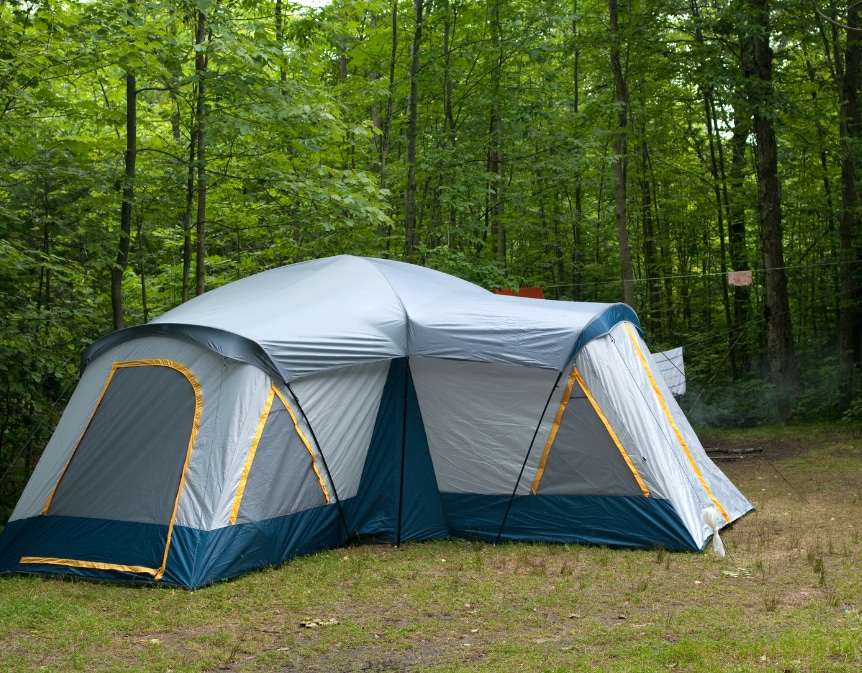
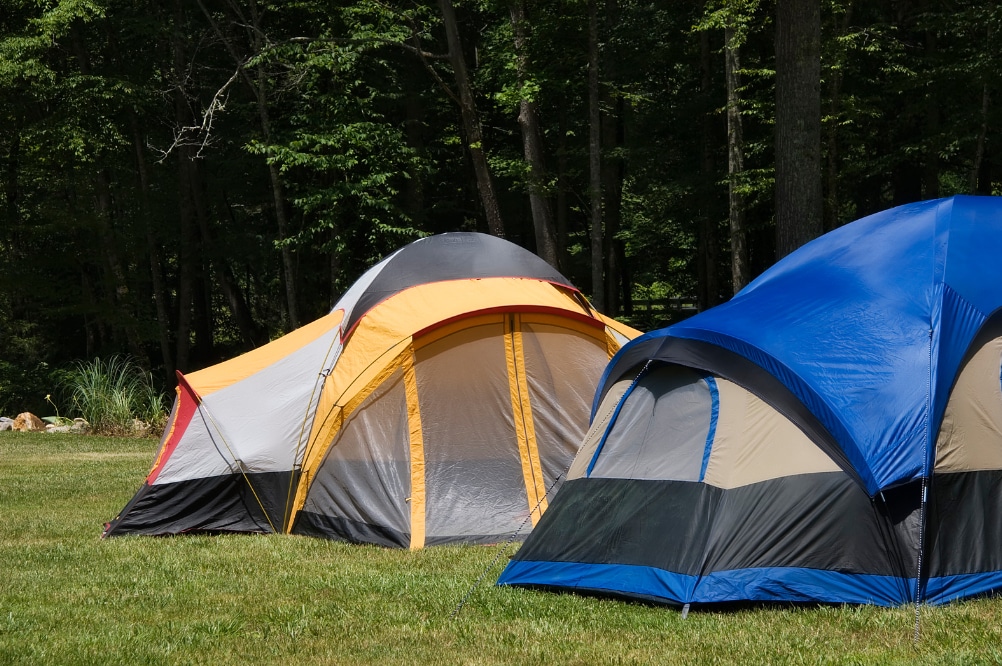
The layout of a tent plays a crucial role in determining the comfort, functionality, and overall camping experience. Various tent layouts cater to different needs and preferences. Here are some aspects to consider when examining tent layouts:
- Size and capacity: Tents come in different sizes, designed to accommodate a specific number of people. Typically, tents are categorized as 1-person, 2-person, 3-person, 4-person, and so on. Keep in mind that the labeled capacity usually refers to the number of sleeping pads that can fit side by side with little room for personal belongings. If you prefer more space, consider choosing a tent with a capacity of one or two people larger than your actual group size.
- Shape and design: Tent shapes influence the internal layout and can affect factors such as headroom, floor space, and wind resistance. Common tent shapes include dome, tunnel, A-frame, and cabin-style. Dome tents have a simple structure, offer good headroom, and are relatively stable in the wind. Tunnel tents provide a larger interior space and better wind resistance but may require more stakes and guylines for stability. A-frame tents have a classic design with sloping walls, while cabin-style tents have vertical walls, offering more living space and headroom.
- Room dividers: Some larger tents feature room dividers, which can create separate sleeping or living spaces for added privacy and organization. This feature is especially useful for families or groups of friends who prefer some personal space while camping.
- Vestibules and storage: Vestibules are extensions of the rainfly that create a sheltered area outside the tent’s main living space. These areas can be used for storing gear, muddy shoes, or even cooking in bad weather. Tents with vestibules offer more storage options, keeping the interior space clutter-free and comfortable.
- Doors and windows: Multiple doors can make it easier for campers to enter and exit the tent without disturbing others. Mesh windows and vents provide ventilation and help reduce condensation while also allowing for views of the surroundings without compromising privacy or bug protection.
- Interior storage: Many tents feature interior storage options, such as mesh pockets, gear lofts, or hanging loops, which can help keep your belongings organized and easily accessible.
When evaluating tent layouts, consider your specific camping needs, your group size, and your preferences for privacy, space, and organization. By selecting a tent with a layout that suits your requirements, you can enhance your overall camping experience and enjoy greater comfort and convenience in the great outdoors.
Tent Weight
Tent weight is an important factor to consider when purchasing a tent for camping, as it can significantly impact your overall camping experience. The weight of a tent is primarily influenced by its size, materials, and design. Here are some points to consider regarding tent weight:
- Backpacking tents: A lightweight or ultralight tent is essential if you plan to carry your tent while hiking or backpacking. Backpacking tents are designed with weight-saving features such as thinner materials, fewer poles, and smaller dimensions. These tents typically weigh between 1 to 4 pounds (0.5 to 1.8 kg) per person, making them easier to carry in your backpack.
- Car camping tents: If you plan to camp near your vehicle and won’t need to carry your tent for long distances, weight is less of a concern. Car camping tents tend to be larger and heavier, with more living space and additional features like room dividers or vestibules. These tents can weigh anywhere from 10 to 30 pounds (4.5 to 13.6 kg) or more, depending on their size and features.
- Materials: Tent materials greatly affect the overall weight. High-quality lightweight materials, such as silicone-coated nylon or polyester, can reduce the tent’s weight while still providing durability and weather protection. Aluminum poles are lighter and stronger than fiberglass poles, which also helps reduce the overall tent weight.
- Design: The design of a tent can influence its weight. For example, single-wall tents are lighter than double-wall tents but may have less ventilation and be more prone to condensation. Minimalist tent designs, like tarp tents or bivy sacks, can also save weight but may not provide the same level of comfort or protection as traditional tents.
When considering tent weight, think about your camping needs and preferences. If you plan to backpack or hike long distances, prioritize a lightweight or ultralight tent. If you’re car camping or weight is not a concern, you can focus on other features such as living space, durability, and weather resistance. Remember that striking a balance between weight and functionality is key to selecting the perfect tent for your camping adventures.
Setup Procedures
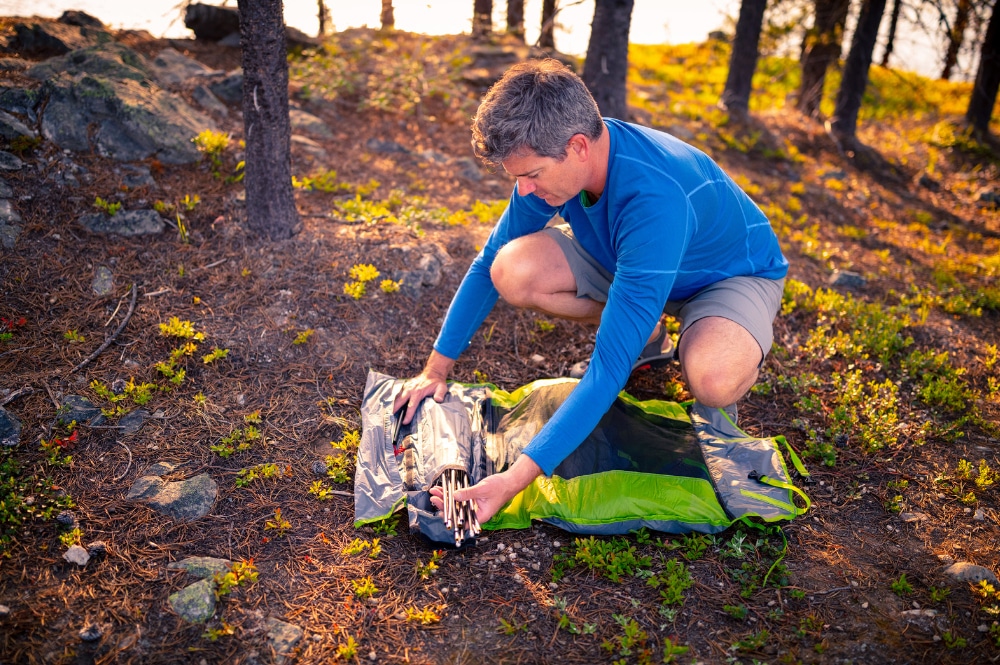
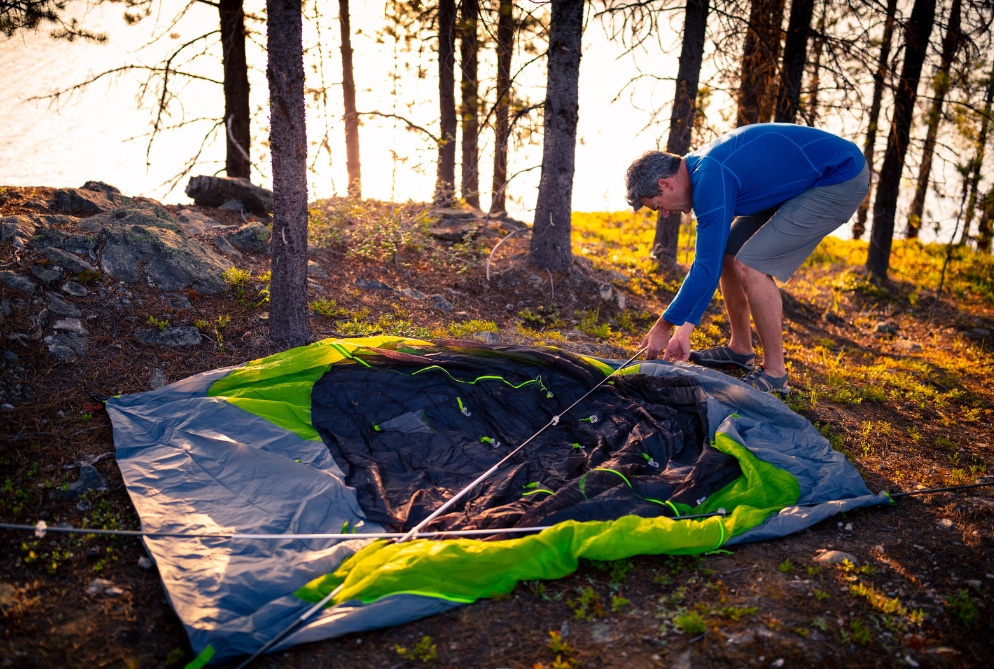
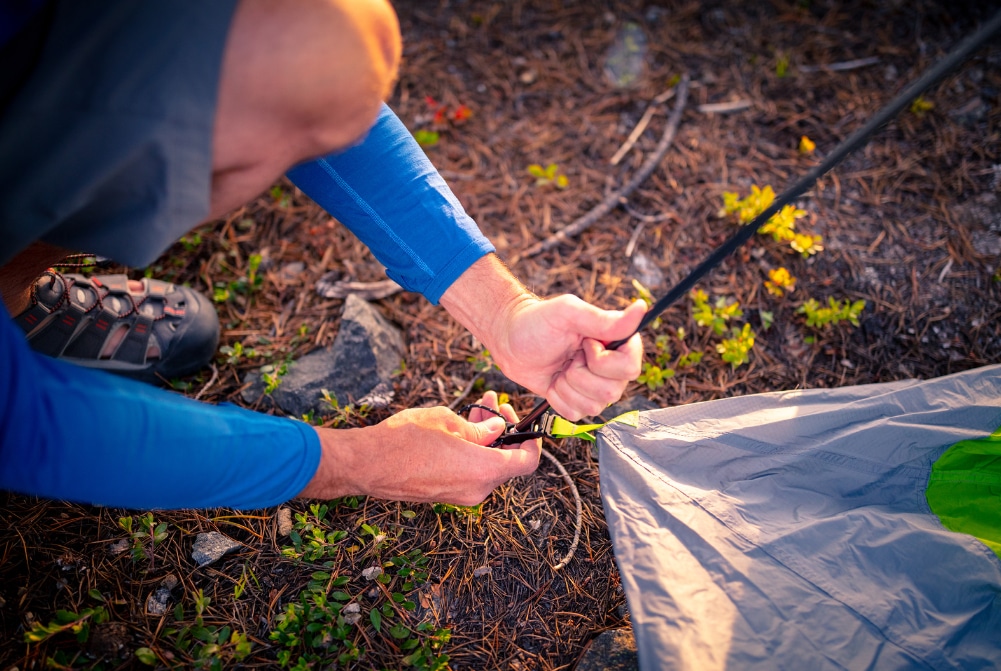
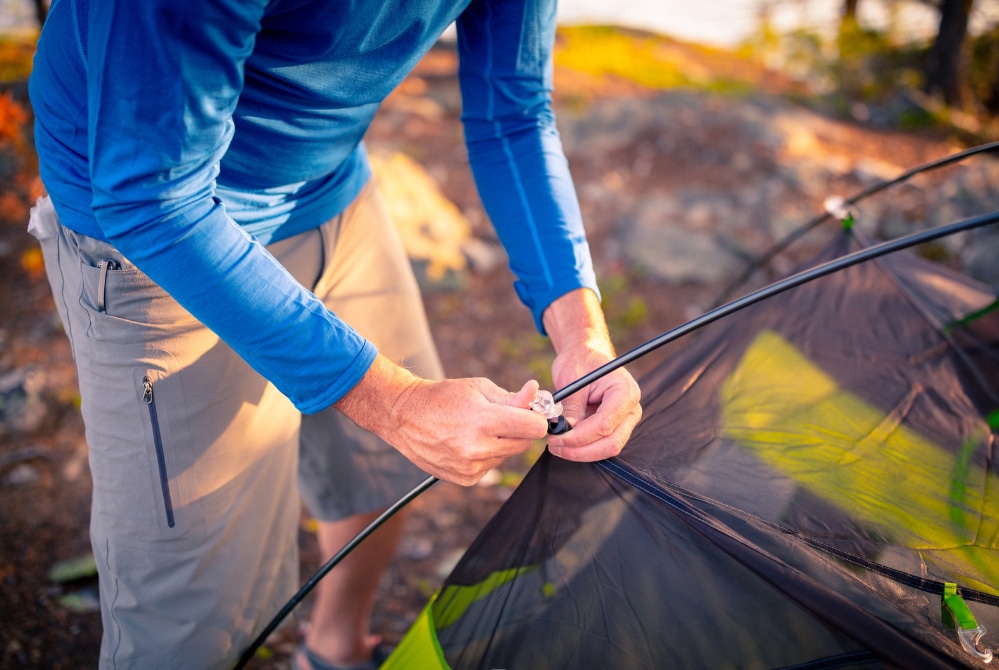
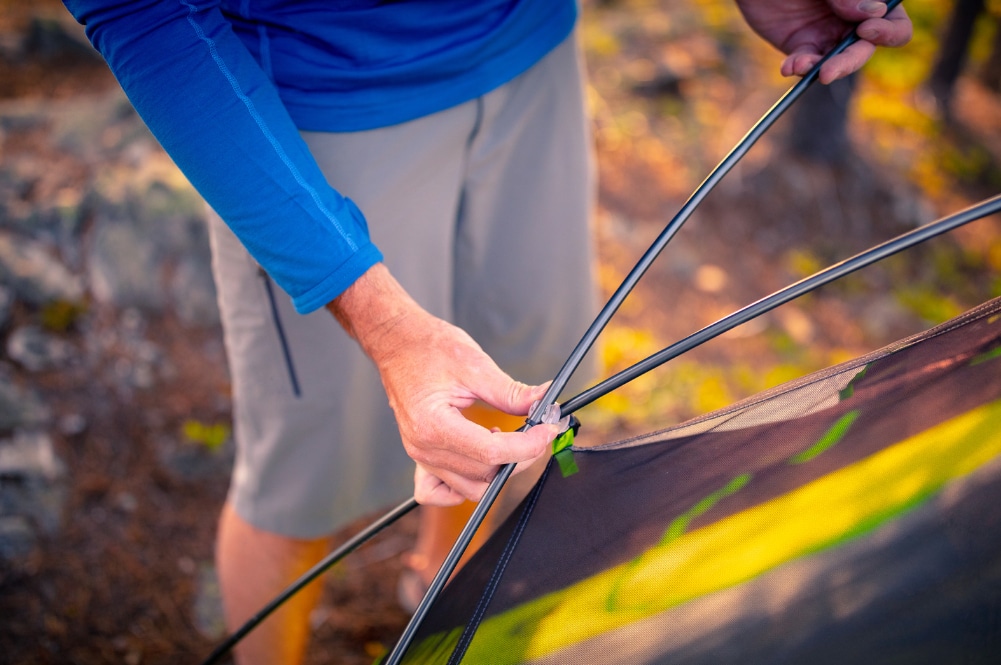
Tent setup procedures can vary depending on the type and design of the tent. The ease and speed of setting up a tent are important factors to consider when purchasing a tent for camping. Here are some common setup procedures and features that can make the process easier and more efficient:
- Freestanding tents: These tents come with a self-supporting structure, usually composed of two or more poles that cross at the center of the tent. Freestanding tents are easier to set up and can be moved or adjusted without needing to re-stake the entire tent. They are also more versatile, as they can be pitched on a variety of surfaces, including rocky or uneven terrain.
- Non-freestanding tents: These tents rely on stakes, guylines, and tension to maintain their structure. They are typically lighter in weight but can be more challenging to set up, especially in difficult weather conditions or on uneven surfaces.
- Pre-attached poles: Some tents feature poles that are already attached to the tent body or rainfly, making setup quicker and easier. These tents often use a hub system, where the poles are connected at a central point and can be easily snapped into place.
- Color-coded poles, clips, and sleeves: Color-coding simplifies the setup process by ensuring you match the correct poles, clips, or sleeves together. This feature is particularly helpful for larger tents with multiple poles and attachments.
- Instant tents: Instant or pop-up tents have pre-assembled frames and can be set up in a matter of minutes, sometimes even seconds. These tents are ideal for campers who prioritize ease of setup but may not be as durable or weather-resistant as traditional tents.
- Pitching instructions: Many tents come with detailed pitching instructions sewn into the storage bag or attached to the tent itself. These instructions can be helpful, especially for first-time campers or those unfamiliar with a particular tent design.
When considering tent setup procedures, think about your camping needs, experience level, and the conditions in which you’ll be camping. If you prioritize quick and easy setup, look for tents with features like pre-attached poles, color-coding, or instant tent designs. If you’re more experienced and don’t mind a more involved setup process, a traditional tent with separate poles and stakes may suit your needs. Regardless of the setup procedure, practice pitching your tent at home before heading out on a camping trip to ensure a smooth and stress-free experience in the great outdoors.
Weather Resistance
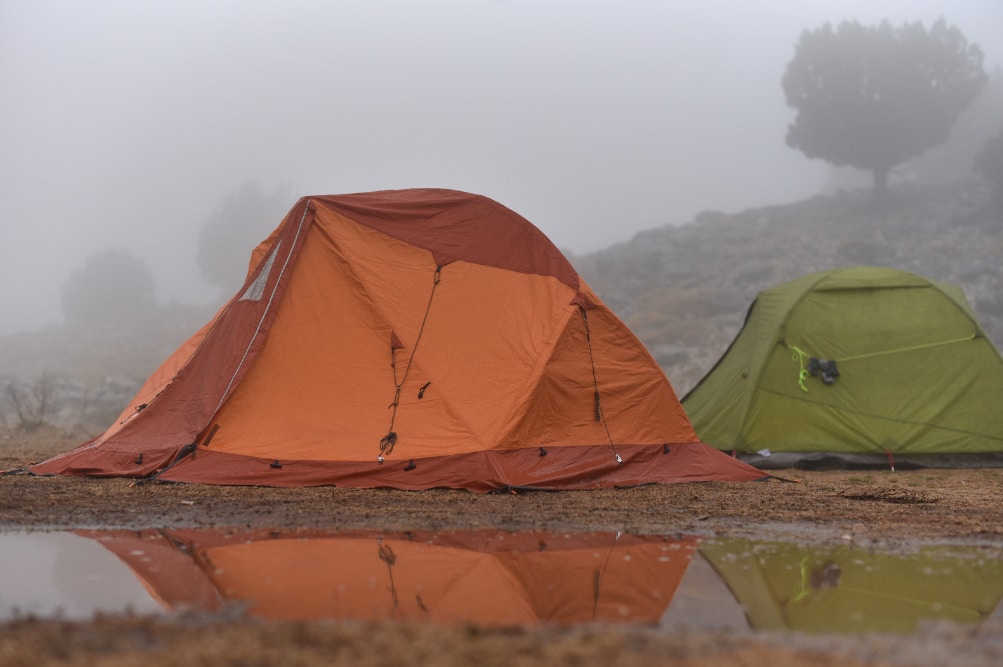
When selecting a tent suitable for individuals aged 55 and over, it is essential to prioritize weather resistance to ensure a comfortable and safe camping experience. Here are some factors to consider when looking for a weather-resistant tent:
- Tent materials: Choose a tent made from durable and weather-resistant materials, such as polyester or ripstop nylon. These fabrics are designed to withstand the elements and provide better protection against rain, wind, and UV rays.
- Rainfly: A high-quality rainfly is crucial for weather protection. Look for a tent with a full-coverage rainfly that extends to the ground or close to it. This will provide better protection against rain and wind.
- Waterproofing: Ensure the tent’s fabric and rainfly have a high waterproof rating, usually indicated by a number followed by “mm” (e.g., 3000mm). The higher the number, the more water-resistant the material. Additionally, check that the tent’s seams are sealed or taped to prevent water leakage.
- Wind resistance: A strong pole structure and a well-designed tent shape will help your tent withstand strong winds. Aluminum poles are typically more durable and lighter than fiberglass poles. Dome-shaped or geodesic tents tend to perform better in windy conditions due to their aerodynamic design.
- Bathtub floor: A bathtub-style floor, which features raised seams and a waterproof material, will help keep water from seeping into the tent from the ground. This is especially important in wet or damp conditions.
- Season rating: Tents are often rated by the number of seasons they are suitable for. A 3-season tent is designed for spring, summer, and fall and will typically provide sufficient weather protection for most camping conditions. If you plan to camp in colder or more extreme weather conditions, consider a 4-season tent, which is designed to handle snow and high winds.
By considering these factors and selecting a weather-resistant tent, individuals aged 55 and over can enjoy a comfortable and secure camping experience regardless of the elements.
Ventilation and Bug Protection
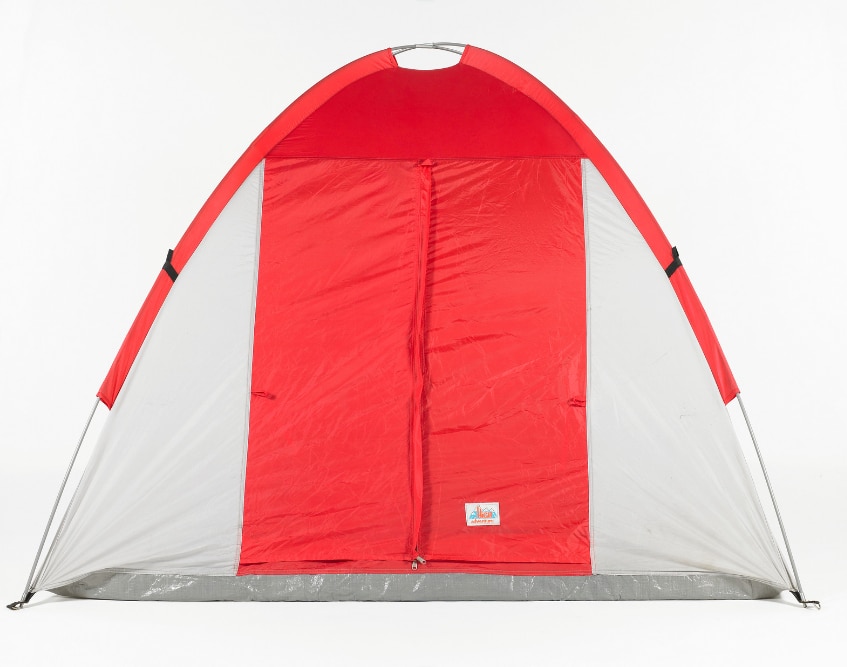
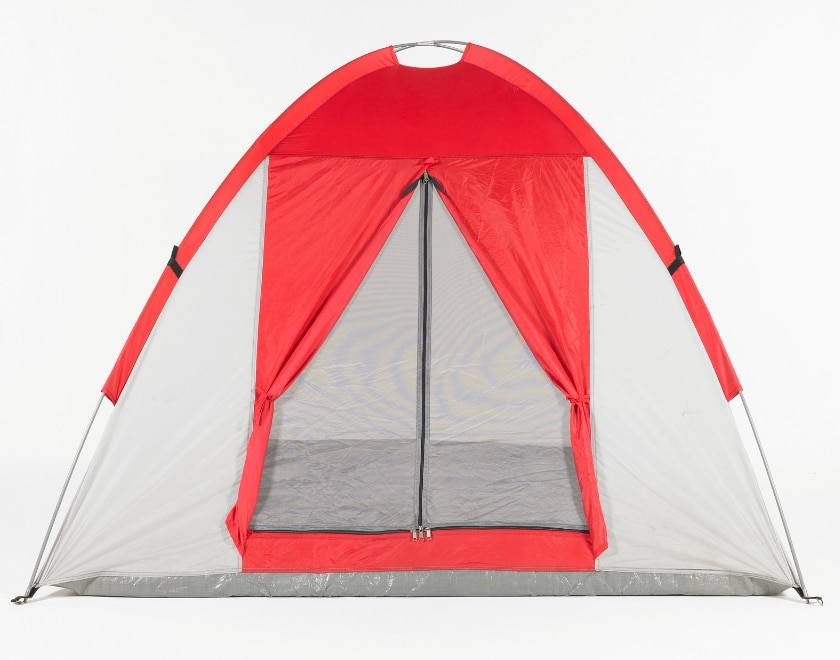
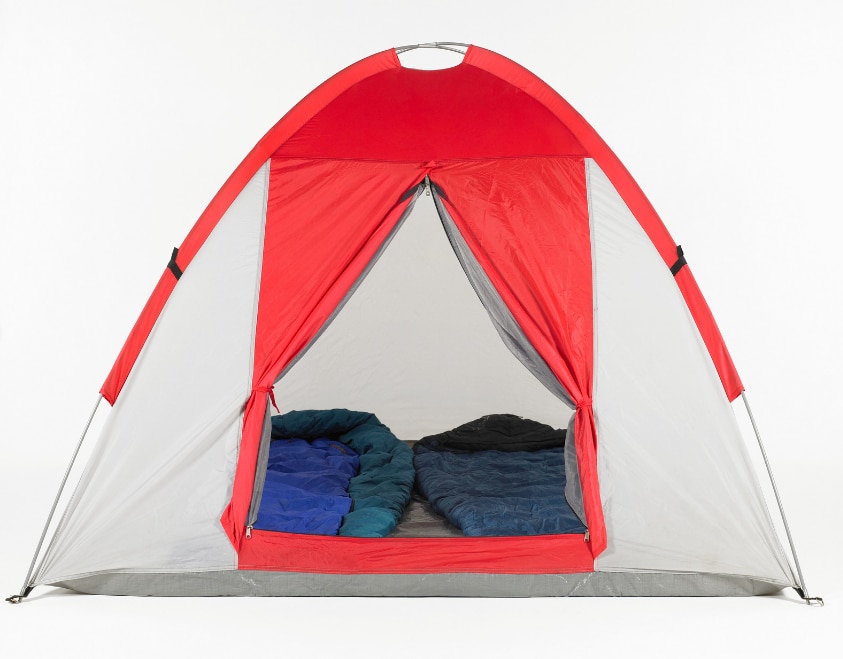
Tent ventilation is crucial for a comfortable camping experience, especially in warm or humid conditions. Proper ventilation reduces condensation, regulates temperature, and circulates fresh air inside the tent. When choosing a tent with good ventilation and bug protection, consider the following features:
- Mesh panels: Look for tents with mesh panels or windows on the doors, walls, and ceiling. This allows for airflow while keeping bugs and insects out. The mesh should be fine enough to prevent the smallest insects from entering.
- Rainfly design: A well-designed rainfly should provide adequate coverage for your tent while allowing air to circulate. Look for rain flies with vents or those that can be partially rolled up or opened to expose mesh panels without compromising weather protection.
- Ground vents: Some tents feature ground vents or adjustable flaps near the tent’s base, which helps to draw cool air in while pushing warm, humid air out through the ceiling vents or mesh panels.
- Double-wall construction: Double-wall tents consist of an inner tent with mesh panels and an outer rainfly, which creates a gap for air circulation between the two layers. This design helps reduce condensation and provides better ventilation compared to single-wall tents.
- Interior space and peak height: A tent with a higher peak and more interior space generally has better air circulation, as the warm air can rise and escape through the mesh panels or vents more easily.
Privacy and personal space
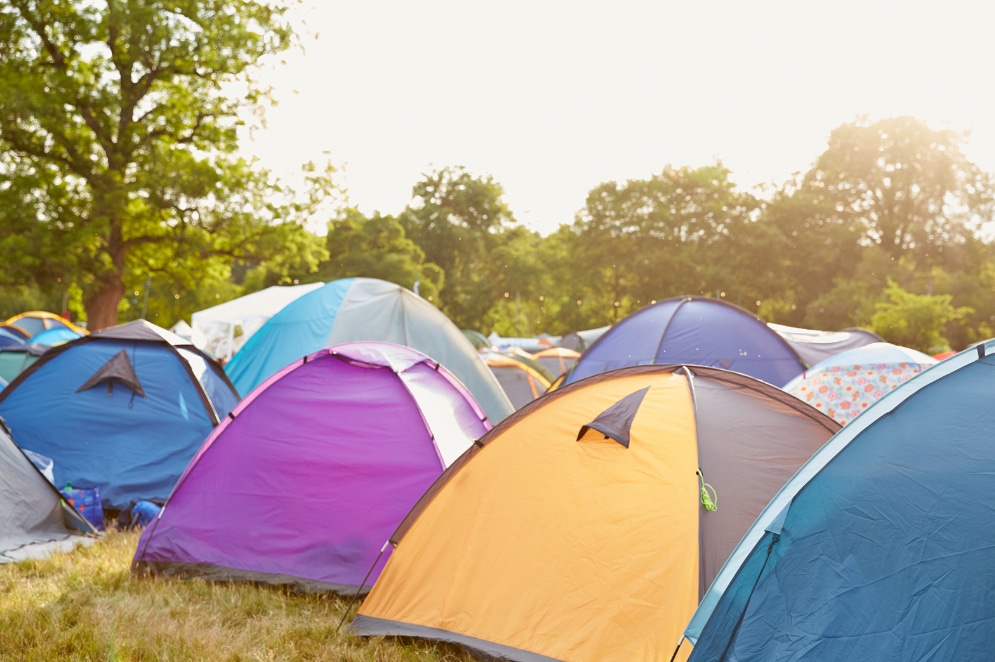
A tent indeed offers privacy in a crowded environment, giving campers their own personal space even when surrounded by others. However, tents are typically not designed to provide complete soundproofing or transparent walls. Let’s discuss these aspects in more detail:
- Transparency: Most tents have opaque walls to provide privacy, ensuring campers can change clothes, sleep, or relax without being visible to others. Some tents feature mesh windows or panels to allow for ventilation and a view of the surroundings while still maintaining privacy. Transparent tent walls are not common, as they would compromise the privacy and comfort of campers.
- Soundproofing: Tents are generally not soundproof, as they are made of lightweight and breathable materials like nylon or polyester. These materials allow for better ventilation and portability but do not block out noise entirely. While tents can somewhat dampen outside noise, you should still expect to hear sounds from your surroundings, including neighboring campers and wildlife.
Camping Tent FAQs
Consider the tent’s size, capacity, weight, setup ease, season rating, materials, and additional features like ventilation, waterproofing, and storage options to find the perfect camping tent for your needs.
Three-season tents are designed for spring, summer, and fall use and typically feature mesh panels for ventilation and lighter materials. Four-season tents are built to withstand harsh winter conditions and provide better insulation, heavier materials, and stronger poles but can be heavier and more expensive.
Look for tents made from high-quality materials like ripstop nylon or polyester with a waterproof coating. Aluminum poles are lighter and more durable than fiberglass poles. Additionally, consider the tent’s denier rating, which indicates the fabric’s thickness and durability.
Choose a tent with mesh windows or panels and vents to promote airflow and reduce condensation. Properly stake out the rainfly and guy lines to maintain a gap between the tent body and rainfly, further improving ventilation.
After each camping trip, clean the tent by removing dirt and debris, and allow it to air dry completely before packing it away. Store the tent loosely rolled or hung in a dry, cool place. Periodically check for damage and make repairs as needed, such as patching small holes or reapplying waterproof coatings.
